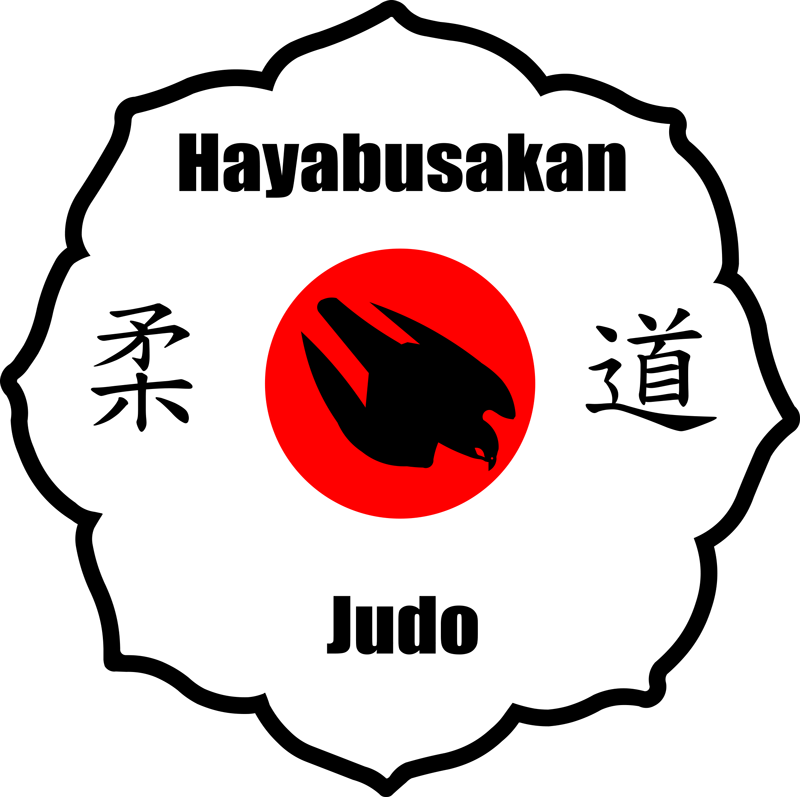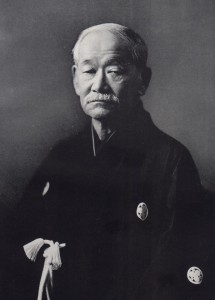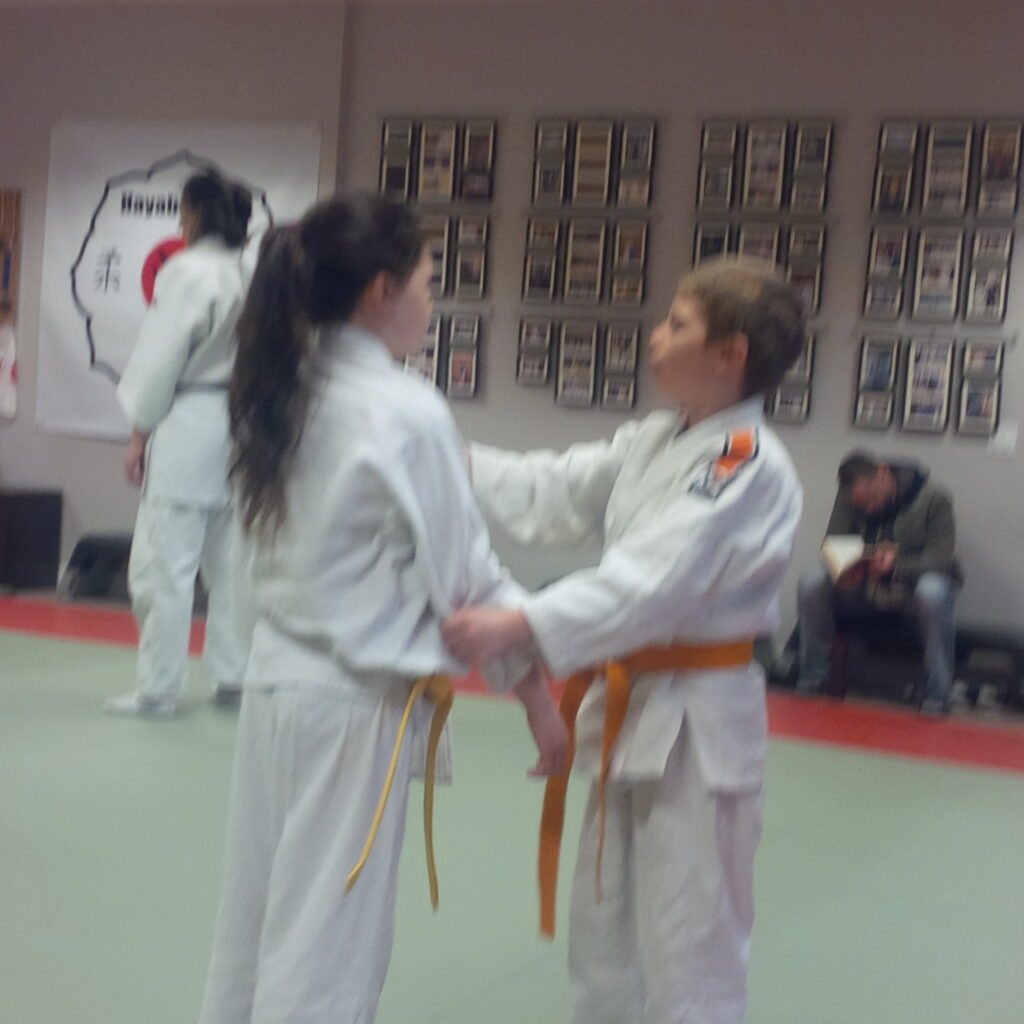Courtesy of Keo Cavalcanti from judoinfo.com
(The History of Kodokan Judo | Judo Info)
Dr. Jigoro Kano, founder of modern Judo, was born in the town of Mikage in the Hyogo Prefecture, on October 28, 1860. Shihan Kano never viewed the martial arts as a means to display physical prowess or superiority. As a pacifist, he studied them to find a way to live in peace with other human beings. In his youth Kano studied Jujutsu under a number of different masters….
Kano’s search for a unifying principle for the techniques he learned led him to the first principle of Judo–Seiryoku Zenyo (maximum efficiency in mental and physical energy). To him, only techniques that kept practitioners from spending much physical and mental energy should be incorporated into the system. One should use the energy of one’s opponent to defeat his or her aggression. He called the resulting body of knowledge Judo. To propagate his art Kano founded the Kodokan (the “school to learn the way”) at the Eishoji Temple in 1882.
Kano built his system around three major sets of techniques: throwing (nage waza), groundwork (katame waza) and striking (atemi waza). The throwing techniques, drawn from the Kito ryu, were further divided into standing (tachi waza) and sacrifice (sutemi waza) techniques. Standing techniques included hand (te waza), hip (koshi waza) and foot (ashi waza) throws. Sacrifice techniques include full sacrifice (ma sutemi waza) and side sacrifice (yoko sutemi waza) throws.
Kano’s groundwork and striking techniques were drawn more heavily from the martially oriented Tenshin-Shinyo ryu. Groundwork is organized into holds (osaekomi waza), strangulations (shime waza) and joint locks (kansetsu waza). While Kano taught groundholds earlier to his students, the secrets of shime and kansetsu waza were saved for those who had attained a higher ranking in the art. High ranking students were also expected to know the art of resuscitation (kappo), so as to conduct their training in a safe and responsible manner.
Judo’s striking techniques included upper (ude ate) and lower limb blows (ashi ate). Among the striking techniques were those utilizing fists, elbows, hand-edges, fingers, knees and feet as striking points. Because of its lethal nature, Atemi waza was also taught exclusively to high ranking Judokas at the Kodokan.
To complete the transition from jutsu (martial art) to Do (way of life), Kano added a strict code of ethics and a humanitarian philosophy to his newly created system. Kodokan instructors and students were expected from the beginning to be outstanding examples of good character and honest conduct. Any hand-to-hand combat outside of the dojo, public demonstrations for profit, or any behavior that might bring shame to the school could lead to suspension or expulsion from the Kodokan.
Kano’s ultimate concern for the well-being of the whole individual and of the community is reflected in his teaching methods and in Judo’s second guiding principle. Kano utilized four teaching methods in his dojo: randori (free practice of all Judo technique), kata (pre-arranged forms, considered the more technical rituals of the art), ko (his systematic lecturing), and mondo (periods of question and answer).
The debates between Shihan Kano and his disciples led him to the second principle of Judo, Jita Kyoei (the principle of mutual benefit and prosperity). Kano believed that the diligent practice of Judo would lead to the realization that one could not progress at the expense of others, that in mutual prosperity lied the key to any real progress in human life. He was so taken with the principle that he regarded its diffusion, through the practice of Judo, as his greatest mission in life….
Between 1912 and 1952, when the International Judo Federation was founded, several Japanese experts immigrated to other continents, spreading Judo teachings. Sensei Gunji Koizumi, 7th Dan, went to Great Britain in 1918, founding the London Budokwai. Mikinosuke Kawaishi, 7th Dan, one of the world’s foremost experts on Judo kata, went to France in 1922. Sensei Sumiyuki Kotani, 8th Dan in 1952, trained the first team of American Air Force Judokas at the Kodokan. That team became the seed of what is now the United States Judo Association.
As Judo spread throughout the Western world it slowly gained the form of a sport. Its eventual popularity in World and Regional Games and inclusion in the 1964 Olympic Games led more and more to an emphasis on the physical and competitive aspects of the art, sometimes at the expense of its intellectual, moral and spiritual underpinnings. In 1982 (on the 100th anniversary of the founding of the Kodokan) the Kodokan Judo throwing techniques, the Gokyo no Waza, were revised and expanded, then in 1997 the Kodokan added two additional throws.


